Nature has proved a huge source of comfort for many of us in recent years, and in spring the sight of fresh blossom on a warm spring day can be especially uplifting.
In Japan, ‘Hanami’ or ‘flower viewing’ is all about enjoying the fleeting beauty of blossom trees as they come into bloom. This spring, join in the UK’s own blossom celebration in the run up to the National Trust’s #BlossomWatch day on 23 April 2022, when the conservation charity is inviting you to share your own pictures of blossom on social media.
In Hampshire from March to May, National Trust gardens fill with displays of dainty cream and pink fruit and cherry blossom. In countryside hedgerows, in woods and on downland, blackthorn reveals sprays of tiny white flowers. Hawthorn closes the season with its highly scented clusters of white blossom.
Blossoming trees are good for wildlife too. Their pollen provides essential food for insects, and in autumn their fruit is a feast for blackbirds, song thrushes and other birds, as well as mice, badgers and foxes.
Meeting with family or friends under a blossom tree is pure joy, and something everyone can do, from grandchildren to grandparents. Here’s where to spot blossom at National Trust places in Hampshire. For more information visit www.nationaltrust.org.uk/hampshire.
PICTURED ABOVE: Cherry blossom at Hinton Ampner | National Trust Images, Alison Marsh
PICTURED ABOVE: Magnolia at Mottisfont | National Trust Images, John Millar
MARCH
Mottisfont, near Romsey
Early spring also sees the flowering of Mottisfont’s magnificent white magnolia by the stables. In full bloom it makes a stunning backdrop for springtime selfies – you can get a lovely shot whilst seated on one of the benches lining the flint wall in front of the tree.
White and pink-tinged sweetly scented crab apple blossom may also make an appearance at this time. There’s a wonderful 200 year old example on the north lawn, known as Napoleon’s crab apple. The flowers provide an important source of early pollen and nectar for insects. Out on the six mile estate walk hedgerows are littered with tight clusters of white blackthorn blossom.
PICTURED ABOVE: Cherry blossom at Hinton Ampner | National Trust Images, Stephen Robson
Hinton Ampner, near Bramdean
From late March, the pink double flowers of Japanese blossom variety ‘Kanzan’ begin to unfurl in Hinton’s little cherry orchard. Lemon-yellow narcissi, tiny bright blue anemone and chequered fritillaries litter the grass beneath the trees. Elegant large-petalled magnolias are also on show including fragrant white variety ‘Alba’.
This year, ten new blossom trees have been planted on the east lawn, carefully chosen to complement former owner Ralph Dutton’s 20th-century planting choices and including the richly scented white double-flowering cherry Prunus ‘Fragrant Cloud’. These are young trees and their displays will develop over the coming years.
PICTURED ABOVE: Cherry orchard blossom against building at Mottisfont | National Trust Images, Jonny Norton
April
Mottisfont, near Romsey
In early April, the little cherry orchard next to Mottisfont’s stableyard bursts into frothy white bloom. 16 Mount Fuji cherry trees – a variety renowned for spectacular displays – produce snowy blossom which releases a honey fragrance, making it a favourite with visiting bees.
Head gardener Jonny Norton: “If you’re lucky enough to capture the blossom falling, you’ll see how it got its name; it really does mimic snowflakes. The petals carpet the ground and look simply stunning.” A mown path meanders through the orchard, drawing the eye to views of meadows and ancient woodland beyond.
Stroll up to the walled garden to enjoy young and gnarly old fruit trees covered in candy-pink apple buds and snowy pear blossom.
Hinton Ampner, near Bramdean
From late April in the cherry orchard, the blowsy cream blooms of Mount Fuji appear, weighing branches down towards the ground. In the walled kitchen garden espaliered fruit trees bear tight clusters of pink and white petals.
From 23 April to 1 May Hinton is hosting its very own Hanami Blossom Festival, with Japanese-inspired games to try, croquet and swingball on the lawn, and Japanese lantern-making activities for children at weekends. You’ll find chalk boards guiding you to floral ‘hot spots’ around the gardens, or you could just take it easy and soak up the spring colour from one of our picnic blankets; you’re welcome to bring your own picnic into the grounds too. Visit
www.nationaltrust.org.uk/hinton-ampner for further details nearer the time.
PICTURED ABOVE: Bird cherry blossom in the wild garden at The Vyne | National Trust Images, Virginia Langer
The Vyne, near Basingstoke
There’s space in the heritage orchard here to picnic beneath old varieties of plum, pear and apple trees that reveal tiny cream and rich pink petals – a lovely way to while away the time on a warm spring day. In the historic walled garden clusters of white flowers appear on fruit trees decoratively trained against the old wall.
Wander down the path to the wild garden where little ‘bird’ cherry trees produce displays of almond-scented white blossom.
PICTURED ABOVE: Apple orchard blossom, at Sandham | National Trust Images Hugh Mothersole
PICTURED ABOVE: Crab apple blossom at Sandham | National Trust Images, Hugh Mothersole
May
Sandham Memorial Chapel, Burghclere
Fronting the chapel Sandham’s orchard of historic apple tree varieties, many of which are over 90 years old, burst into soft pink and white bloom. You can picnic under the blossom here, on benches close to the trees. Look out for spring wildflowers in the long grass and at the base of the hedges surrounding the orchard – delights like pink ragged robin, lilac snakeshead fritillary and yellow cowslip. Behind the chapel, young crab apple trees covered in tiny white bunches of blossom line the path through the garden.
PICTURED ABOVE: Hawthorn at Stockbridge Down | National Trust Images, John Miller
Stockbridge Down, near Stockbridge
At this time of year you’re likely to see hawthorn blossom (also known as ‘May’) as soon as you walk through the little wooden gate on to this ancient site of chalk downland. Bursting out of hedges and in scrubby clumps, the clusters of scented white flowers cover the length of the tree’s branches and line the paths taking you to the top of this Iron Age hill fort and its panoramic views. Several hundred varieties of insect feed off hawthorn flowers, including many of Stockbridge Down’s native butterfly species such as the beautiful green hairstreak. In autumn the bright red berries feed birds, small mammals, even slow worms.
Here are three blossom trees suitable for home gardens, recommended by local National Trust horticultural experts:
PICTURED ABOVE: Pear blossom, at Mottisfont | National Trust, Simon Newman
Pyrus communis (pear cultivars)
Jonny Norton – Head Gardener, Mottisfont
“We have a splendid Conference pear tree in our famous rose garden at Mottisfont which must be at least 70 years old. Its delicate white blossom provides a feast for early solitary bumblebees and other insects, and in autumn it produces rich juicy fruit.
“The beauty of our particular specimen lies in its age – a reminder that it’s worth keeping fruit trees for as long as possible. The gnarled trunk and open twisted branches from years of pruning give it a magnificent shape. A beautiful tapestry of green and grey-blue lichen and moss cover the older branches, and the cracks in its weathered bark provide a home for many over-wintering insects. It’s a haven for a diverse range of wildlife throughout the year.”
PICTURED ABOVE: Kojo-no-mai cherry blossom | National Trust Images ,Laurence Perry
Prunus ‘Kanzan’ (cherry ‘Kanzan’)
John Wood – Head Gardener, Hinton Ampner
“The Kanzan cherry is one of the showiest varieties we grow in the orchard at Hinton Ampner, displaying delicious double lilac-pink flowers in late April. When the petals start to fade and drop, they flutter across the lawns here like spring confetti. Kanzan is a strong-growing, medium sized tree which is tolerant of a variety of soils, so it’s a good choice for many gardens. There’s another round of colour in autumn, when the leaves take on a fiery-red glow.”
PICTURED ABOVE: Prunus ‘Kanzan’ blossom. | National Trust Images, Sarah Davis
Prunus incisa ‘Kojo-no-mai’ (Fuji cherry tree)
Emma McNamara – National Trust gardens & parks consultant in London and South East
“Blossom trees come in all sizes, and whatever sized outdoor space you have, there is a blossom tree that will suit. Prunus incisa ‘Kojo-no-mai’ is a very small Fuji cherry tree with zig-zagging branches and masses of flowers – perfect for growing in pots. As winter ends in early March, ‘Kojo-no-mai’ bursts into an abundance of blossom.”
Words courtesy of the National Trust
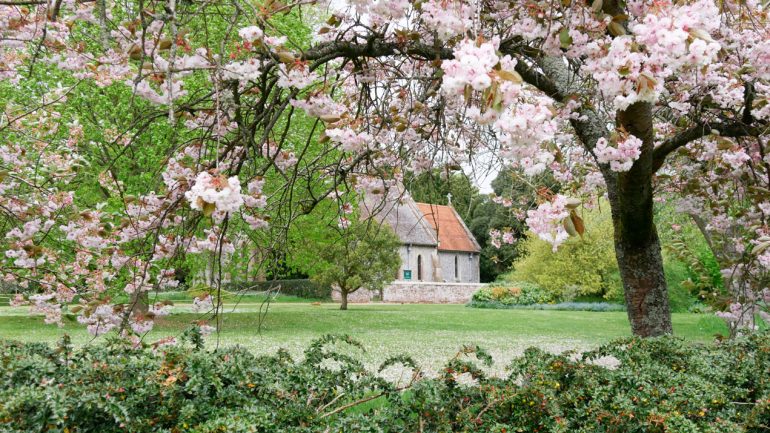
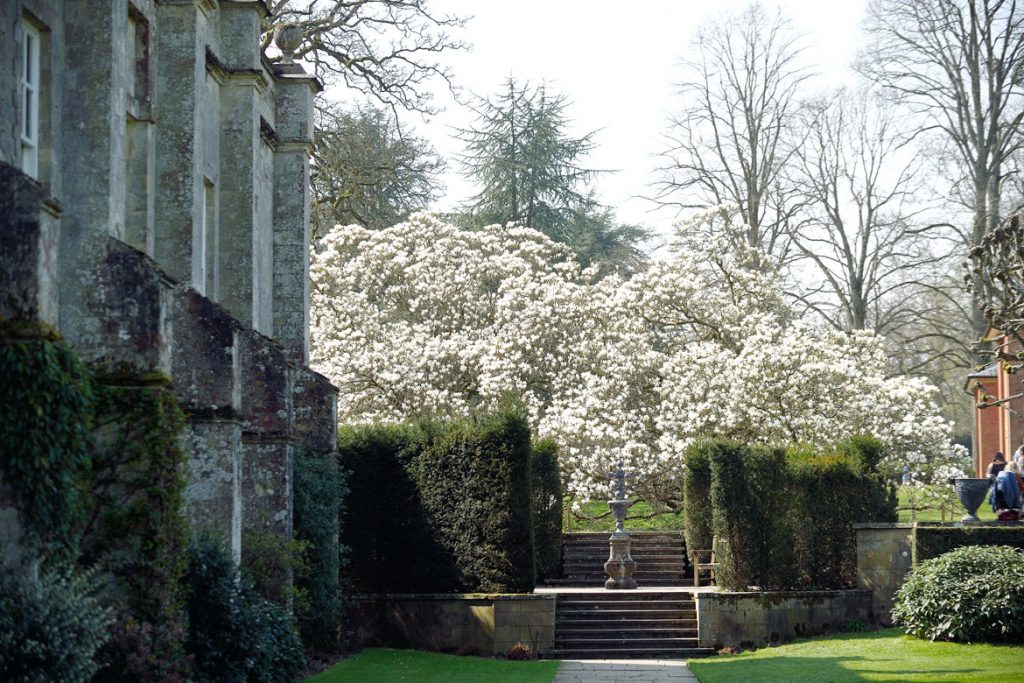
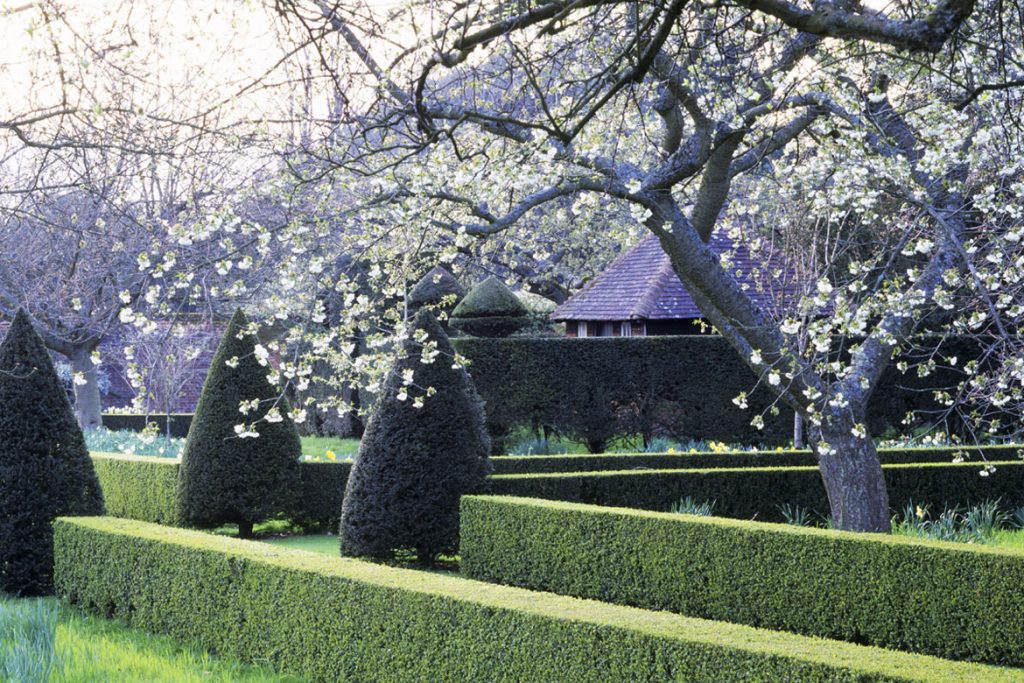
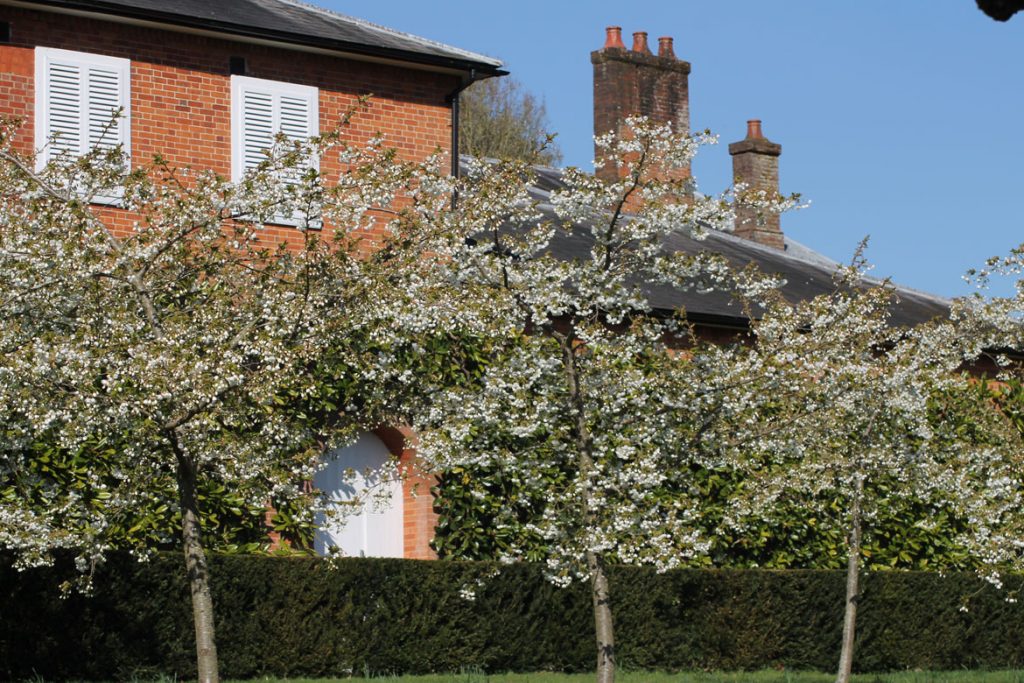
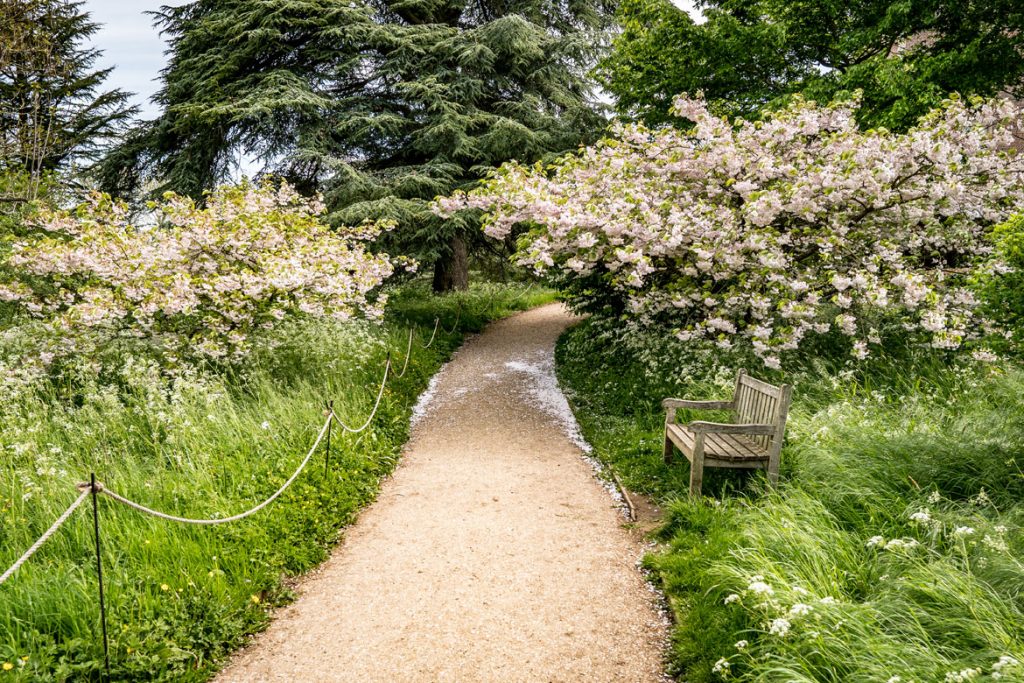
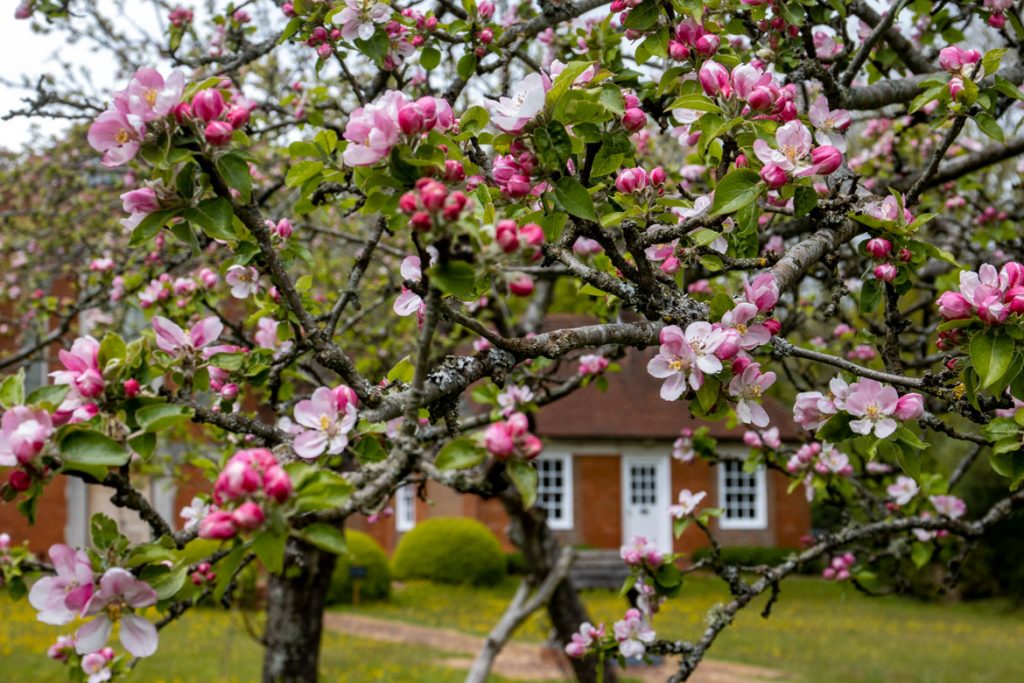
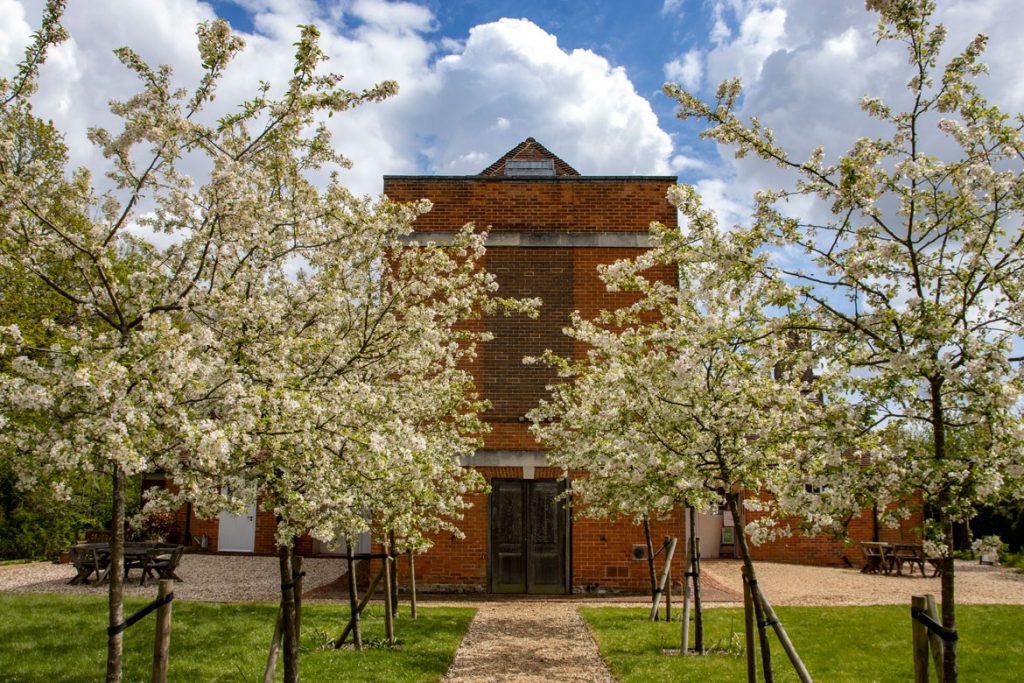


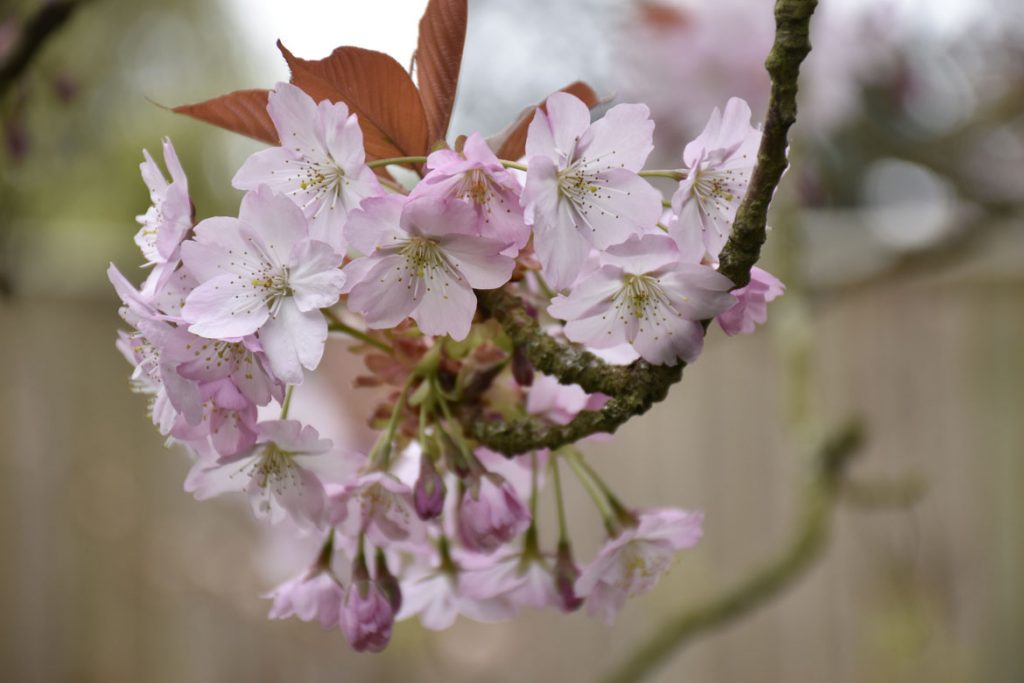
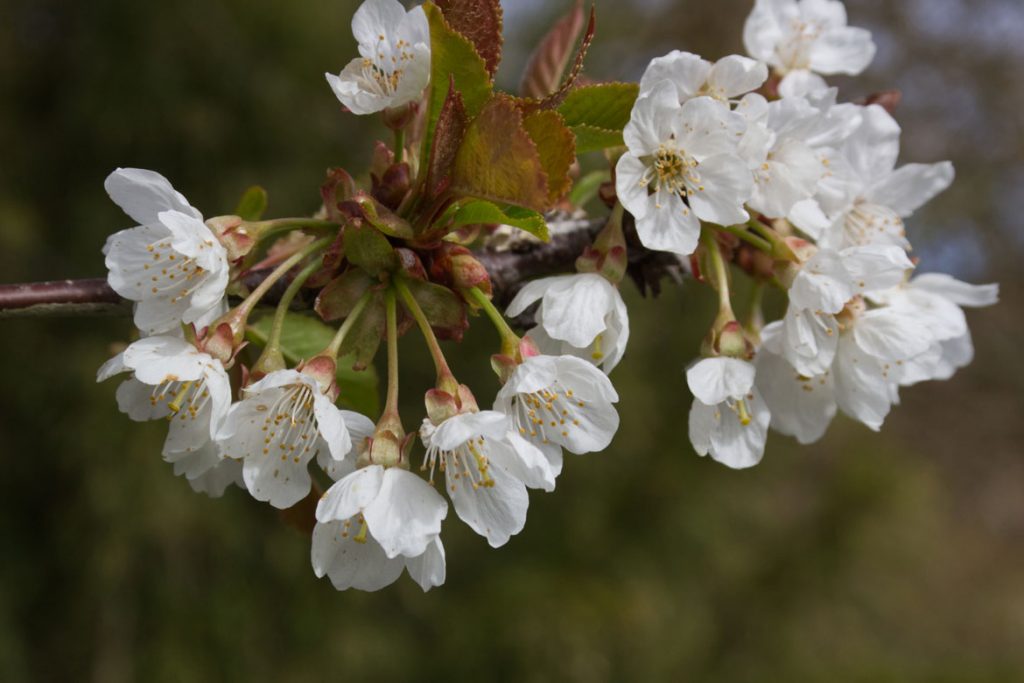

Leave a Reply